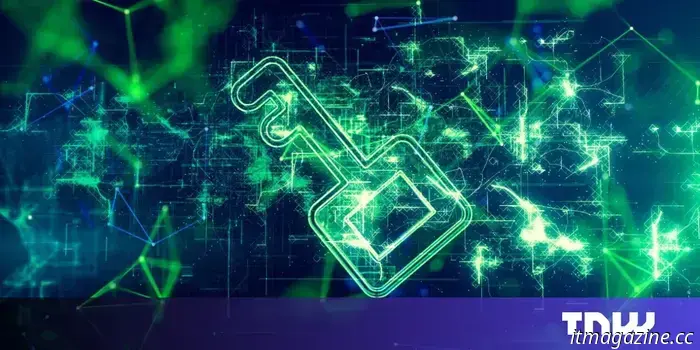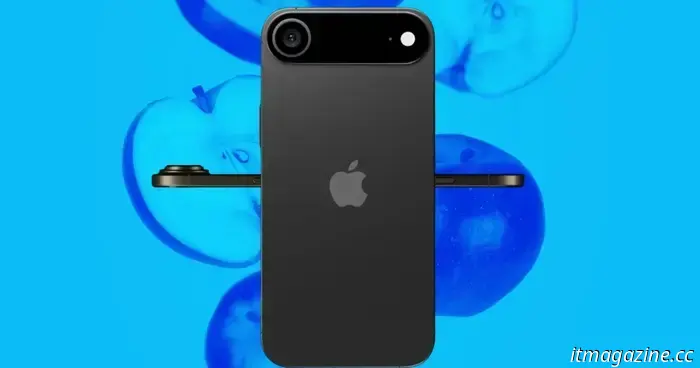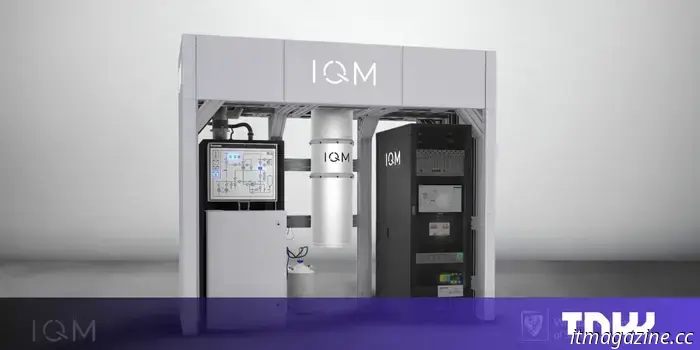
'Untappable' encryption advances following a breakthrough in quantum messaging.
Researchers at Toshiba Europe have successfully utilized quantum key distribution (QKD) cryptography to transmit messages over a record distance of 254km using a conventional fibre optic cable network. This achievement marks the first instance where scientists have demonstrated coherent quantum communication using existing telecommunications infrastructure.
This advancement brings us closer to ultra-secure quantum encryption, which could protect against hacks from even the most sophisticated classical and quantum computers in the future. QKD is a communication method that leverages quantum mechanics to securely share encryption keys between two parties, transmitting information in the form of light. Photons are utilized to carry qubits, the fundamental units of quantum information.
Importantly, it is impossible to intercept a quantum message without altering the quantum states, which would immediately notify both parties of any eavesdropping. This feature renders the technology "untappable." Quantum communication has typically depended on costly lasers and cryogenic cooling. However, the researchers have managed to send quantum messages via fibre optic cable, potentially making this technology more applicable in the telecommunications sector.
In a test conducted last year, the team created a quantum communications network that spanned 254km of existing commercial optical fibre in Germany. The network linked telecom data centres in Frankfurt and Kehl through a relay node in Kirchfeld. This system succeeded in transmitting quantum messages at double the distance of the previous record achieved in earlier QKD studies, without relying on cryogenic cooling. Although the data transmission speed was slow at 110 bits per second, it signifies an important milestone. The results were published this week in Nature.
“This work paves the way for practical quantum networks without the need for specialized hardware,” said Mirko Pittaluga, one of the lead authors of the paper, in an interview with IEEE Spectrum. “It reduces the barriers to industry adoption.”
Currently, confidential information is transmitted online using encryption keys that classical computers would take an unfeasibly long time to crack. However, quantum computers present a different challenge. By harnessing quantum phenomena such as superposition and entanglement, these computers can evaluate many more possibilities simultaneously. As quantum machines become more powerful, they could potentially breach the most secure classical encryptions in mere minutes, leading to a scenario referred to as Q-Day when all internet encryption could be compromised. It’s not surprising that governments worldwide are rapidly attempting to establish their own quantum cryptography frameworks.
The Next in Tech is one of three main themes at the TNW Conference, occurring on June 19-20 in Amsterdam. Tickets for the event are currently available—use the code TNWXMEDIA2025 at checkout to receive a 30% discount.
Other articles
 The new Omoda 7 has arrived, and so does its impressive range of 745 miles.
Omoda 7
The new Omoda 7 has arrived, and so does its impressive range of 745 miles.
Omoda 7
 This brand-new 75-inch Hisense TV is currently available at a 20% discount.
The Hisense 75-inch U8QG 4K ULED is currently priced at $2,000. This is a brand-new premium model for 2025, making it a deal from Hisense that you won't want to overlook.
This brand-new 75-inch Hisense TV is currently available at a 20% discount.
The Hisense 75-inch U8QG 4K ULED is currently priced at $2,000. This is a brand-new premium model for 2025, making it a deal from Hisense that you won't want to overlook.
 The iPhone 17 Air may have an extended battery life due to this feature.
iPhone 17 Air
The iPhone 17 Air may have an extended battery life due to this feature.
iPhone 17 Air
 Funding for climate technology in Europe dropped to its lowest level in five years during the first quarter — here's the explanation.
In the first quarter of this year, climate tech startups in Europe secured $2.3 billion (€2 billion), marking the lowest amount since the third quarter of 2020.
Funding for climate technology in Europe dropped to its lowest level in five years during the first quarter — here's the explanation.
In the first quarter of this year, climate tech startups in Europe secured $2.3 billion (€2 billion), marking the lowest amount since the third quarter of 2020.
 IQM will set up Poland's first superconducting quantum computer.
Scientists in Poland will utilize a machine to prepare for quantum advantage, which is the moment when quantum computers surpass classical computers in specific tasks.
IQM will set up Poland's first superconducting quantum computer.
Scientists in Poland will utilize a machine to prepare for quantum advantage, which is the moment when quantum computers surpass classical computers in specific tasks.
 Aqara launches a new Matter hub, along with a security system and a climate sensor.
Aqara has recently introduced three new products: a Matter hub, a climate sensor, and a security system.
Aqara launches a new Matter hub, along with a security system and a climate sensor.
Aqara has recently introduced three new products: a Matter hub, a climate sensor, and a security system.
'Untappable' encryption advances following a breakthrough in quantum messaging.
European researchers have transmitted quantum-encrypted messages over a record distance of 254 km utilizing a conventional fibre optic cable network.
